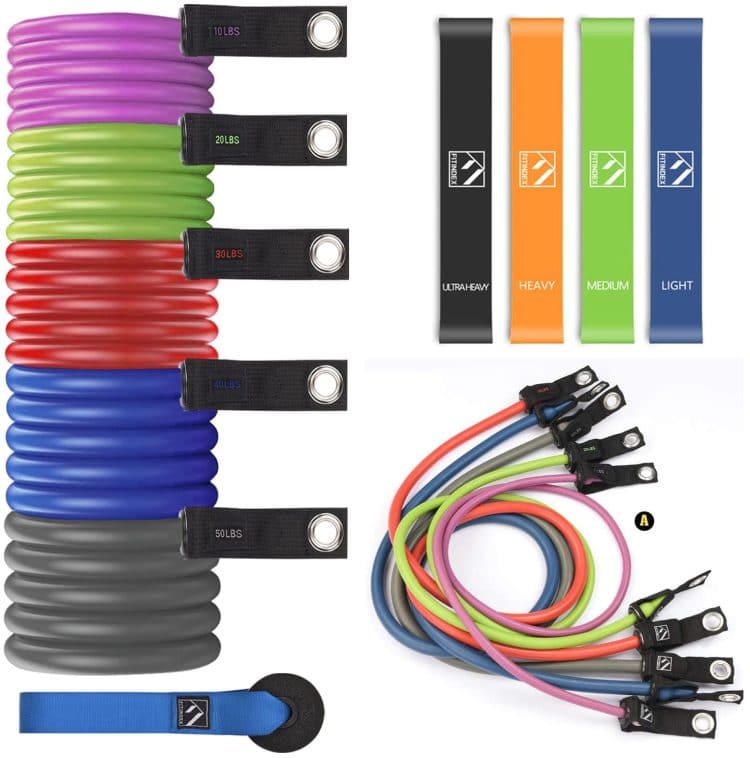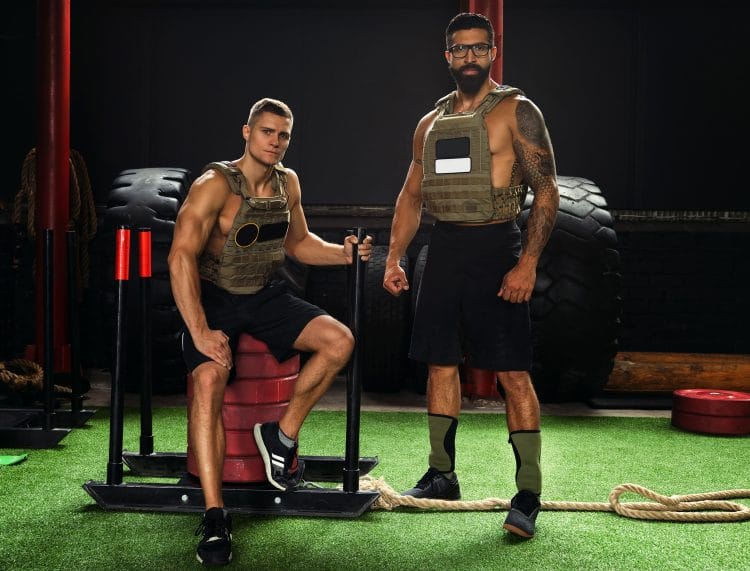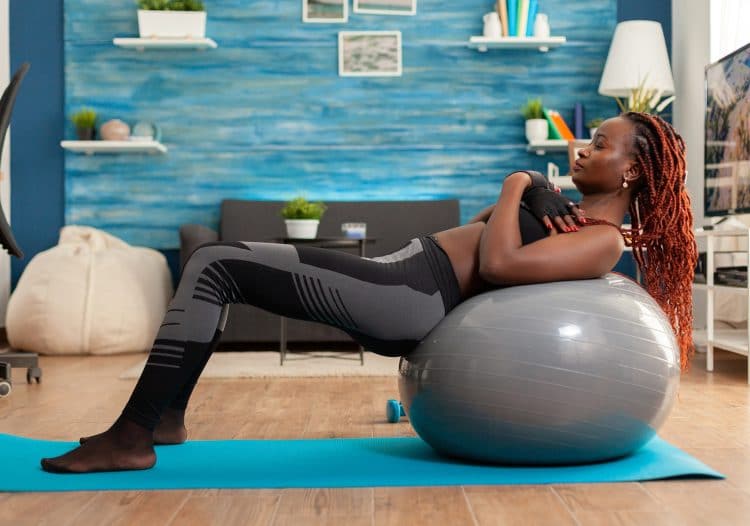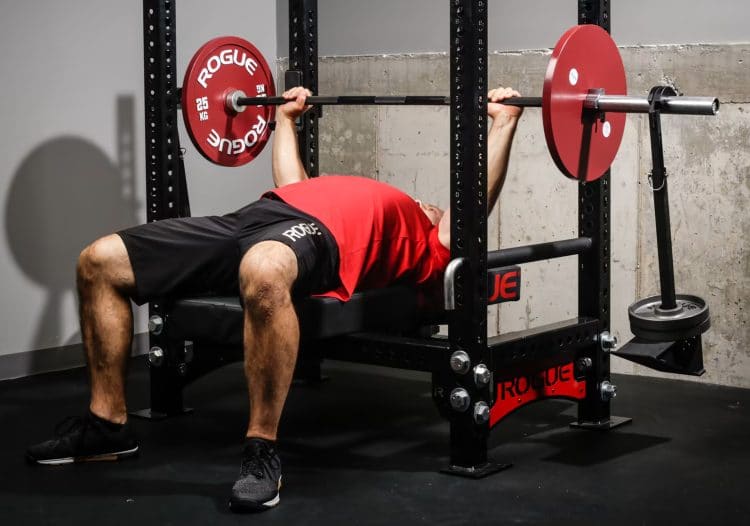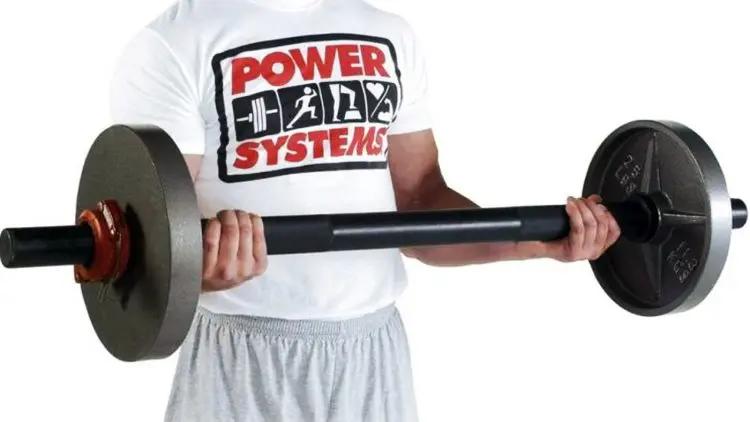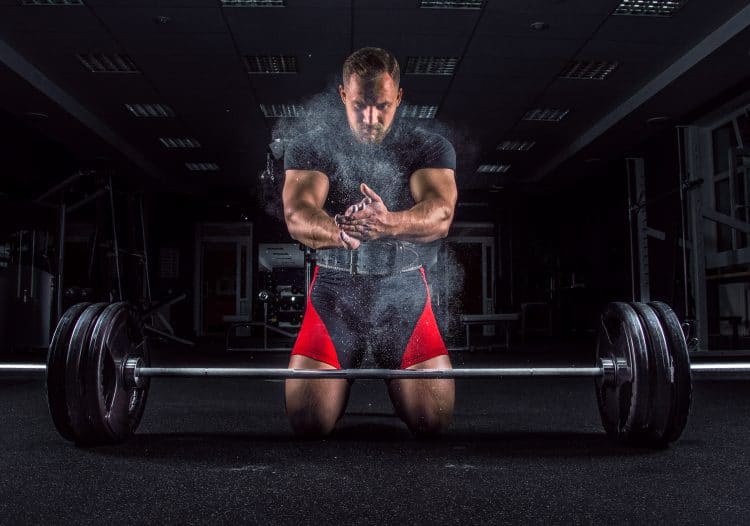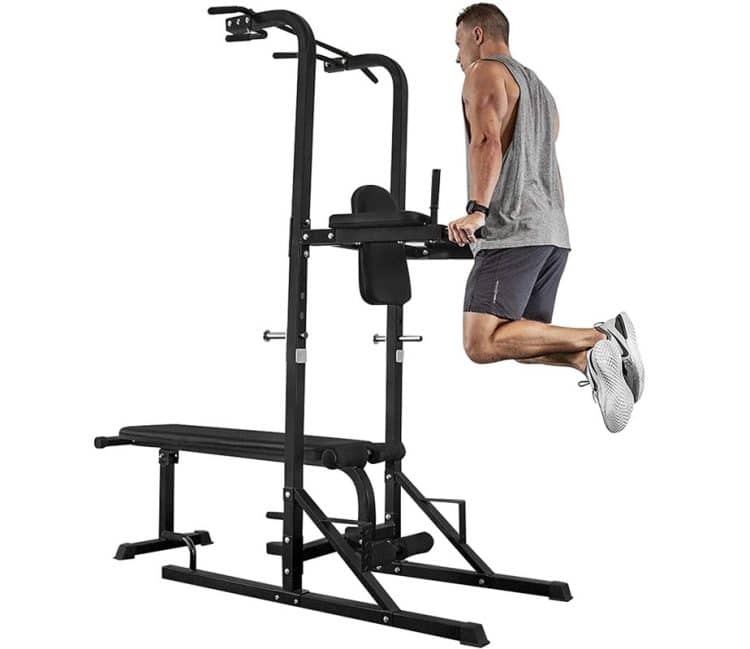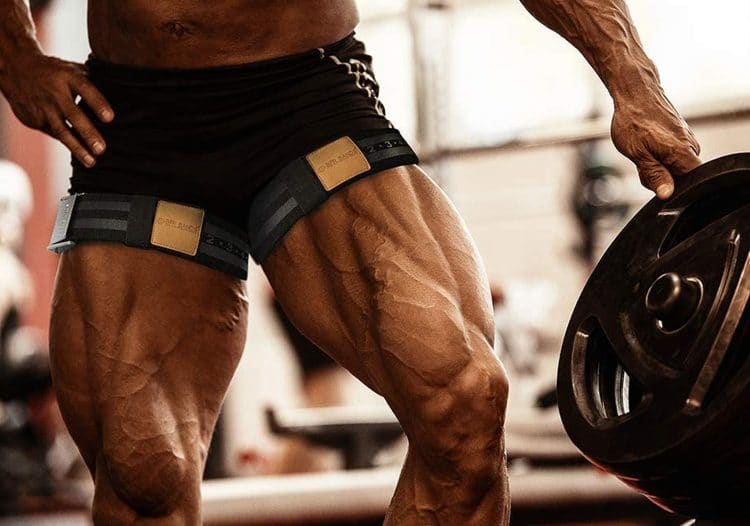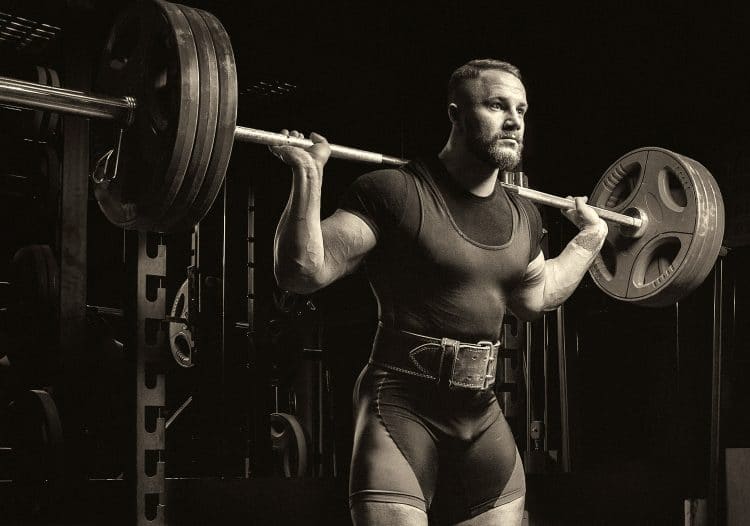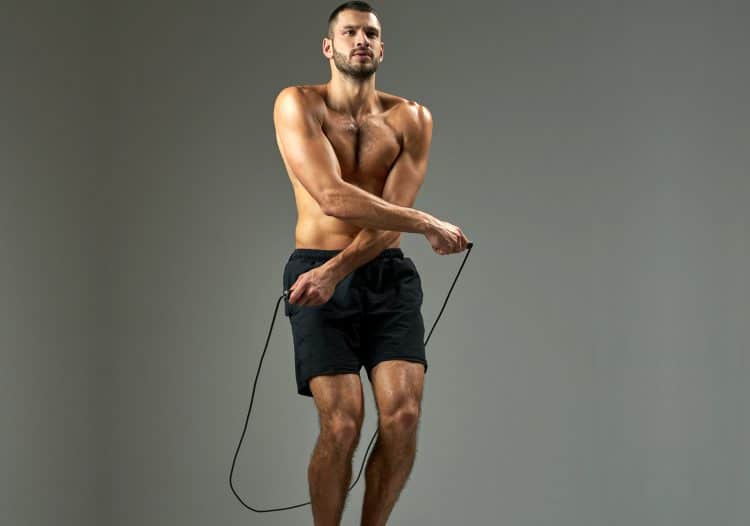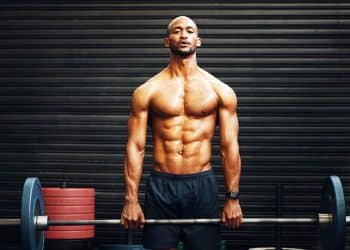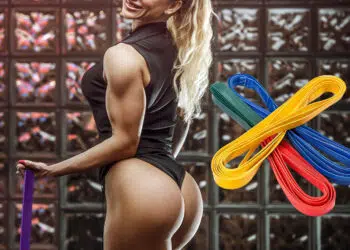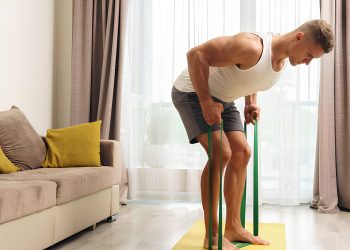Building muscle is rarely easy. You’ll need to commit to regular workouts, push your muscles to their limits and beyond, follow a bodybuilding diet and respect your body’s need for rest and recovery, too.
Being a bodybuilder is a full-time job!
But, if bodybuilding was easy, everyone would do it, which is why so many people are either skinny, overweight, weak, or just unfit.
While training and nutrition are the foundations of successful bodybuilding, there are some additional tools that you can use to make your workouts even more productive. Unfortunately, these things won’t make your training easier. In fact, some of them do the absolute opposite, making your workouts even more intense.
In this article, we reveal 13 of the best training tools for more productive bodybuilding workouts.
The 13 Best Tools for Bodybuilding
While your gym should have pretty much everything that you need to build muscle and get stronger, there are several things you can use to make your workouts even more effective. Use any of the following to build muscle faster.
Level Up Your Fitness: Join our 💪 strong community in Fitness Volt Newsletter. Get daily inspiration, expert-backed workouts, nutrition tips, the latest in strength sports, and the support you need to reach your goals. Subscribe for free!
1. Resistance Bands
A lot of people view resistance bands as an alternative to weights. However, they work even better when used in conjunction with barbells, machines, and even bodyweight exercises. Resistance bands change the strength curve of exercises like barbell squats, bench presses, deadlifts, biceps curls, and even leg presses.
They increase the stress on your muscles as you approach lockout when many exercises start to get easier.
Using bands can add some much-needed variety to your bodybuilding workouts, and, as every bodybuilder (should) know, variety is critical for increasing muscle mass (1).
2. Weighted Vest
If you’ve been training for a while, you can probably pump out plenty of push-ups, pull-ups, and lunges. In fact, these exercises may be so easy now that you’ve dropped them from your workouts.
That’s a shame because bodyweight exercises like push-ups and dips are incredibly valuable and deserve to be part of everybody’s workouts.
Make these bodyweight exercises relevant again by wearing a weighted vest.
As well as helping build muscle and strength, a weighted vest can help you shed fat and get ripped faster. For example, try fast uphill walking on a treadmill for a low-impact but high-intensity fat-burning cardio workout.
Related: Check out our weighted vest buyers guide here.
3. Stability Ball
Stability balls are an underutilized bodybuilding tool. Using a stability ball increases stabilizer muscle engagement, which can help ward off the injures that could otherwise bring your bodybuilding career to an abrupt halt.
You can also use a stability ball to make several bodybuilding exercises even more effective, including:
- Dumbbell chest press and flies – use the ball as a bench
- Bulgarian split squats – put your rear foot on the ball
- Abdominal crunch – lie across the ball for a greater range of motion
- Reverse hyperextensions – lie on the ball for a greater range of motion
- Preacher curls – use the ball instead of a preacher curl bench
Stability balls are cheap, light, and versatile, and are an easy way to add some variety to your workouts for better gains.
4. Weight Releasers
Powerlifters use weight releasers to build strength. The idea is simple; you hang the weight releasers on your barbell, and then, as you lower the bar, the releasers unhook and instantly lighten the load.
You can use weight releasers on squats, bench presses, and any other exercise where your reps start with an eccentric or lowering phase.
Weight releasers are helpful for bodybuilders, too. Lowering a heavy weight and then releasing it at the start of your set will increase motor unit recruitment. You’ll be able to pump out more reps than usual, leading to more hypertrophy. You’ll also get stronger so you can handle heavier weights during your bodybuilding workouts.
5. Thick Grips
A lot of gyms have thick barbells and dumbbells. But, if you’re not that lucky, you can get clip-on thick grips to convert standard freeweight bars and machine handles into thick bars.
Training with thick grips has been shown to increase target muscle and stabilizer recruitment. It will also strengthen and build your forearms and grip (2).
While you don’t need to use thick grips all the time, they’re a handy training tool for building bigger, more muscular arms. Thick grips are also useful for preventing or even eliminating some forms of elbow pain.
Read more about thick grip training here.
6. Special Bars
Every gym has plenty of standard Olympic barbells. However, there are other types of barbells that could help you on your quest to build massive muscles. These so-called special bars have various functions. Special bars that are especially good for bodybuilders include
- Trap or hex bar – mainly used for back-friendly deadlifts but is also useful for presses, rows, and several other exercises.
- Safety squat bar – a padded yoke bar that provides a valuable alternative to regular back and front squats.
- Football bar – a bar with parallel handles set at various widths. This bar can help reduce shoulder pain during bench presses.
- Cambered bench press bar – with a noticeable bend in the middle, this bar allows you to use a larger range of motion during bench presses, which could increase pec hypertrophy. It can also be used for shoulder-friendly squats.
7. Lifting Chalk
Sweating is an unavoidable part of bodybuilding. In fact, if you aren’t sweating, you probably aren’t training hard enough! Of course, sweaty hands can be a problem, and if you lose your grip on your barbell or dumbbells, your set could come to an earlier than ideal end.
You could use lifting straps, but that means your forearms will miss out on the indirect training effect offered by many exercises. Straps are also pretty useless for pushing exercises.
That’s why serious lifters use chalk.
Chalk helps keep your hands dry, so you’re free to focus on working your muscles to the limit. Whether you’re deadlifting, benching, or curling, chalking your hands before your set means you’ll be able to do more reps and lift more weight, leading to more productive workouts.
8. Elbow and Knee Sleeves
Bodybuilding workouts take a lot out of your body. Not only do they cause micro trauma to your muscles and deplete your glycogen stores, but they also put a lot of stress on your joints. Over time, that joint stress accumulates and can leave you with sore elbows and knees.
While you COULD give up training for a while to allow your joints to recover and heal, that’s not an option that most serious bodybuilders are prepared to entertain. Even if you do take a break from your workout routine, there is no guarantee that your joint pain won’t return when you start training again.
One solution is to wear elbow and knee sleeves.
Level Up Your Fitness: Join our 💪 strong community in Fitness Volt Newsletter. Get daily inspiration, expert-backed workouts, nutrition tips, the latest in strength sports, and the support you need to reach your goals. Subscribe for free!
Knee and elbow sleeves are made from neoprene and other insulating, elasticated materials. They provide warmth and support to ease your aching joints.
If sore joints are stopping you from training as hard as you want to, consider wearing elbow and knee sleeves. In some cases, they can provide instant relief from mild joint pain.
9. Power Tower
There is nothing worse than skipping your workout because you don’t have time to go to the gym. Miss more than a couple of training sessions, and you’ll start to lose your hard-won gains.
How frustrating!
One way around this is to train at home. You don’t need to quit your gym entirely, but it’s good to have a back-up plan for those times you can’t make it to your usual workout venue.
Installing a power tower at home is a great way to make sure you never miss another workout. They’re compact and allow you to train all your major muscles in very little space.
If life tends to get in the way of your gym workouts, get a power tower, so you never need to miss another training session.
Related: Build Muscle at Home: The Ultimate Power Tower Workout
10. Blood Flow Restriction (BFR) Wraps
Blood flow restriction (BFR) training reduces the flow of blood into your working muscles and starves them of oxygen. This causes a rapid onset of fatigue, a large accumulation of metabolic waste products, and an intense pump, all of which contribute to hypertrophy and strength gains (3).
BFR training works best with light to moderate weights and medium to high reps. As such, it provides a great alternative to more standard set and rep schemes and also means you can get an effective workout with minimal joint stress.
BFR bands are widely available, easy to use, and take up next to no space in your gym bag. They’re a valuable tool for arm and leg training and can add an extra level of intensity to your workouts.
Read more about the science of blood flow restriction (BFR) training here.
11. Weightlifting Belt
While you don’t HAVE to use a lifting belt, wearing one may increase your performance on things like squats, deadlifts, rows, and presses. Belts don’t support your spine. Instead, they help you generate more intra-abdominal pressure (IAP), so you can support your spine better yourself.
There are lots of different styles of weightlifting belts to choose from, including lightweight neoprene belts that do little more than keep your back warm and thick, stiff powerlifting belts with lever buckles. The right choice depends on what you need your belt for.
While you don’t have to wear a weightlifting belt for bodybuilding, using one could allow you to train harder and heavier, triggering greater hypertrophy.
Read more about the benefits of using a weightlifting belt in this in-depth guide.
12. Jump Rope
A good bodybuilding workout starts with a thorough warm-up. Part of the warm-up process is increasing your core temperature. While any cardio machine will do the job, jumping rope is arguably one of the best options.
Jumping rope is a full-body activity and, because it involves jumping, also helps fire up your nervous system. It’s good for increasing hand-eye coordination and agility too.
You can also use a jump rope to make your strength workouts better for fat burning. For example, a set of 30-45 seconds of jump rope between strength training exercises will have a significant impact on your total daily energy expenditure.
Jumping rope is a good met-con finisher to any bodybuilding workout. Try a Tabata jump workout, or do some EMOM training.
Related: Calories Burned Jumping Rope Calculator
13. Foam Roller
There are over 600 muscles in the human body. Each one is surrounded and linked by a connective tissue called fascia. Think of fascia as the net that surrounds and separates all your muscles.
Fascia can get “gummed up” and adhere to the underlying muscle tissue. This can reduce blood flow, inhibit recovery, reduce your range of motion, and even cause muscle pain.
You can free your fascia by using a foam roller (4).
Foam rolling, a form of self-myofascial release, massages the fascia and the underlying muscle tissue to eliminate adhesions. While initially painful, foam rolling quickly becomes quite enjoyable and can even be relaxing.
Foam rollers are light, cheap, and easy to use. Using one regularly can speed up recovery, reduce muscle soreness, and make your workouts more productive. A few minutes of foam rolling before or after hitting the weights is very therapeutic.
Check out this simple guide to foam rolling for more information.
Wrapping Up
There is no escaping the hard work required to break down and rebuild muscle. Transforming your body takes time, effort, energy, and consistency. The workouts are tough, and you need to get comfortable feeling uncomfortable. Not just while you train but the hours and days afterward when muscle soreness is a constant companion.
That said, there are a few tools you can use to make your workouts more effective. While you don’t need to use all or even any of these tools, each one could make your training just a little more productive.
And, in the process of building bigger, stronger muscles, anything that makes the process even a little easier is worth considering.
References:
1– PubMed: The Effects of Exercise Variation in Muscle Thickness, Maximal Strength and Motivation In Resistance Trained Men https://pubmed.ncbi.nlm.nih.gov/31881066/
2– PubMed: Impact of Fat Grip Attachments on Muscular Strength and Neuromuscular Activation During Resistance Exercise https://pubmed.ncbi.nlm.nih.gov/30694963/
3– PubMed: Effects of Blood Flow Restriction Training on Muscle Strength and Pain in Patients with Knee Injuries: A Meta-Analysis https://pubmed.ncbi.nlm.nih.gov/33727516/
4– PubMed: Foam rolling for delayed-onset muscle soreness and recovery of dynamic performance measures. https://pubmed.ncbi.nlm.nih.gov/25415413/

